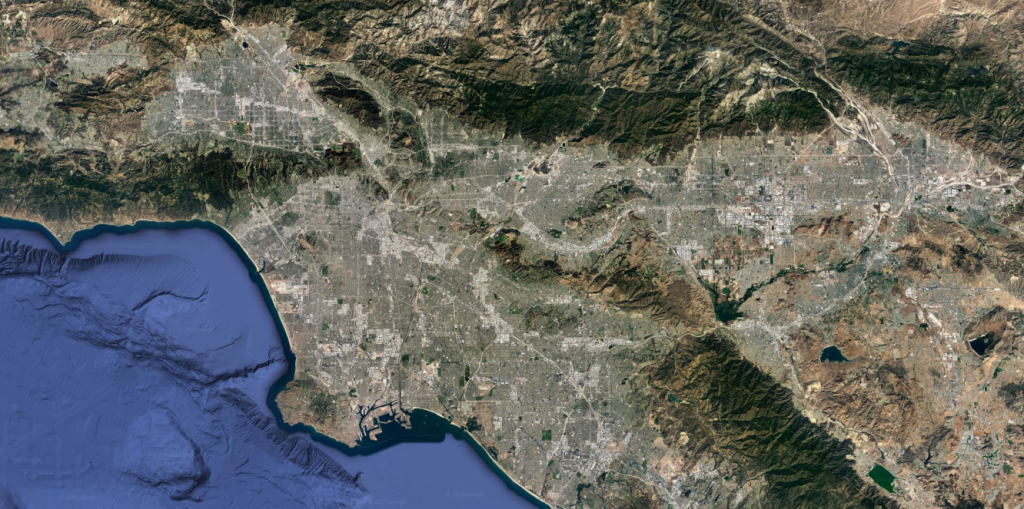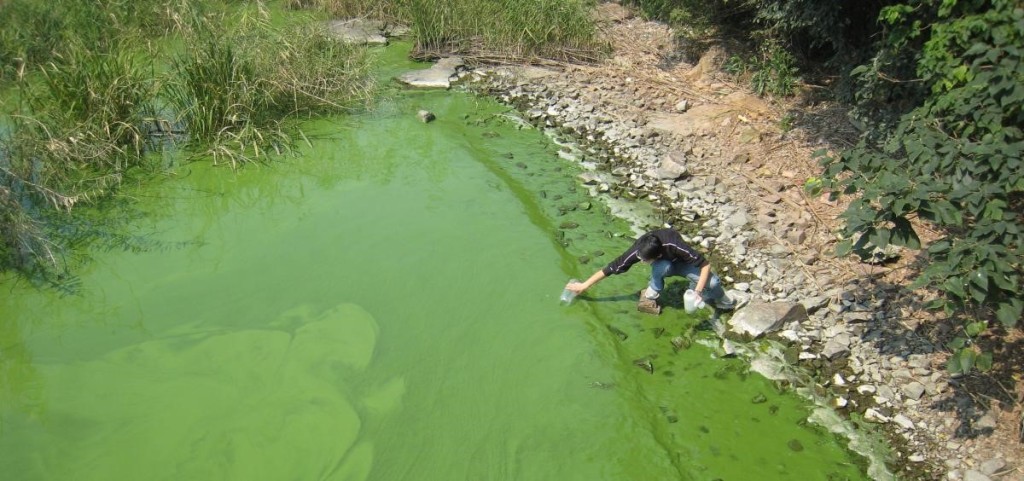A Tale of Plankton and Sewage
Welcome back for another update! Our urban kelp survey is now 100% live. Thanks to you all we BLEW through our first round of images (seriously, over 8000 images in exactly one month!!!) , and we are now ready to start classifying kelp!
Today we’ll briefly talk about our choice for our California site, Los Angeles.

Image Source: Google Earth, accessed 6/12/2020
LA is currently the largest in our study, at least in terms of population/density. It saw its biggest population boom in the early to mid 1900s as both the entertainment and war industries grew. Unfortunately for us, we don’t have satellite data from this time. While we are missing the major population growth spike, Los Angeles continues to be a major metropolitan hub – it is the 2nd most populated city in the United States, and one of the largest worldwide!
The kelp forests in California have a patchy (ha ha…) history that is often closely linked to human activities – If you ask a phycologist about it, you’ll almost certainly hear about the Point Loma and Palos Verdes kelp forests. These two coastal kelp beds are located near San Diego and Los Angeles, respectively, and are infamous for sustaining massive kelp loss in the first half of the 1900s. This was due to a variety of factors, some natural and some human, but it seems that urban sewage discharge was the straw that broke the kelp forests back.
In the case of Point Loma, a broken sewage pipe discharged almost 200 million gallons of sewage into the kelp forest, leading to quick and major kelp loss. Luckily the area quickly recovered after the pipe was repaired – one advantage of kelp’s fast and furious life style is that it can quickly repopulate a large area if environmental conditions are restored! Palos Verdes has had a longer road to recovery, although recent restoration efforts have been successful in recovering many acres of kelp forest.
Discharge from sewer systems is bad for kelp in several ways. The discharge tends to be full of sediments (solid material suspended in the water). This can prevent growing kelp from getting sufficient light or can even completely bury small individuals. Another negative impact associated with these outfalls is nutrient pollution. In some cases, chemicals like ammonia can spike to toxic levels, causing immediate damage.
In other cases, elevated nutrient levels can simply “fertilize” the water. Your first reaction might be to think that this would be good for the kelp, and maybe in a vacuum it would be, but nature isn’t that simple. In this case, the complication comes from phytoplankton, which can compete with kelp for light by forming floating algal mats that block light and shade the seafloor.
Kelp grows quickly, but not as quickly as phytoplankton. When water nutrient levels are elevated (a condition called eutrophication), plankton growth can ramp up into what is called a plankton bloom. That’s a lot of words to say that these algal blooms can have major effects on the ecosystem. This picture might “clear” things up (ecological puns never get old…). These thick green algal blooms are more characteristic of fresh water, but I think this does a good job of illustrating how severe these can be.

Image source: Tim Otten, Oregon State University
The immediate, kelp-relevant effect is a reduction in light at the sea floor. The longer term effects can include reduced oxygen levels in the water, creating uninhabitable “dead zones. This low-oxygen condition is called hypoxia and is a result of rotting phytoplankton. The typical life cycle of a bloom goes something like this:
- Eutrophication event (discharge or runoff causes elevated nutrient levels in the water)
- Algal bloom (opportunistic plankton grow exponentially given high nutrient levels)
- Overgrowth (algal population exceeds available nutrients; growth eventually stops as nutrients are depleted) – Light levels beneath the water’s surface reduced
- Decomposition (algal bloom dies and decomposes. Bacteria associated with decomposition consume oxygen, creating a dead zone) – Hypoxic conditions form, many animals die or leave
Kelps are potentially affected by almost every step of this process. They are shaded out by the initial bloom and then potentially buried in detritus as the plankton decomposes. Many of the animals found in kelp forests are vulnerable to the dead zones caused by algal blooms. Loss of these kelp forest residents can further destabilize the ecosystem.
While the stories of Point Loma and Palos Verdes unfortunately played out mostly outside of Floating Forest’s time window, they serve as clear reminders that human activities can seriously affect kelp forests. Things like sewage discharge and eutrophication are global issues; California may be a high profile example, but is far from the only one. As we continue to explore the effects of urbanization, we will be sure to include as many local factors (such as sewage treatment outfall points) as possible to best understand each of our sites.

Recent Comments